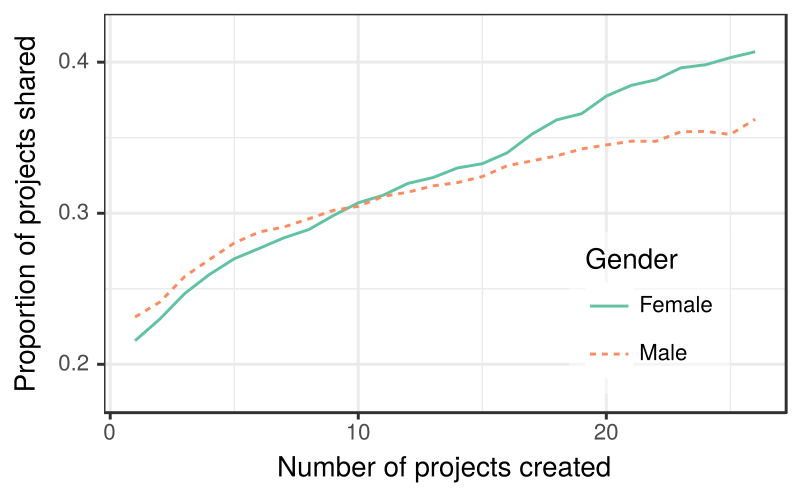
As today’s youth come of age in an increasingly data-driven world, the development of new literacies is increasingly important. Young people need both skills to work with, analyze, and interpret data, as well as an understanding of the complex social issues surrounding the collection and use of data. But how can today’s youth develop the skills they need?
We will exploring this question during an upcoming workshop on Imagining Future Designs of Tools for Youth Data Literacies, one of the offerings at this year’s Connected Learning Summit. As co-organizers for this workshop, we are motivated by our interest in how young people learn to work with and understand data. We are also curious about how other people working in this area define the term ‘data literacy’ and what they feel are the most critical skills for young people to learn. As there are a number of great tools available to help young people learn about and use data, we also hope to explore which features of these tools made them most effective. We are looking forward to discussions on all of these issues during the workshops.
This workshop promises to be an engaging discussion of existing tools available to help young people work with and understand data (Session 1) and an exploration of what future tools might offer (Session 2). We invite all researchers, educators, and other practitioners to join us for one or both of these sessions. We’re hoping for all attendees to come away with a deeper understanding of data literacies and how to support youth in developing data literacy skills.
Information on registering for the Connected Learning Summit available at: https://connectedlearningsummit.org/
To register interest in attending the Youth Data Literacies Workshop, please complete the pre-registration form at: http://dataliteracies.com/
The workshop is organized by Community Data Science Collective members Regina Cheng, Stefania Druga, Emilia Gan, and Benjamin Mako Hill in collaboration with Rahul Bhargava, Tamara Clegg, Catherine D’Ignazio, Yasmin Kafai, Victor Lee, Camillia Matuk, and Andee Rubin.
